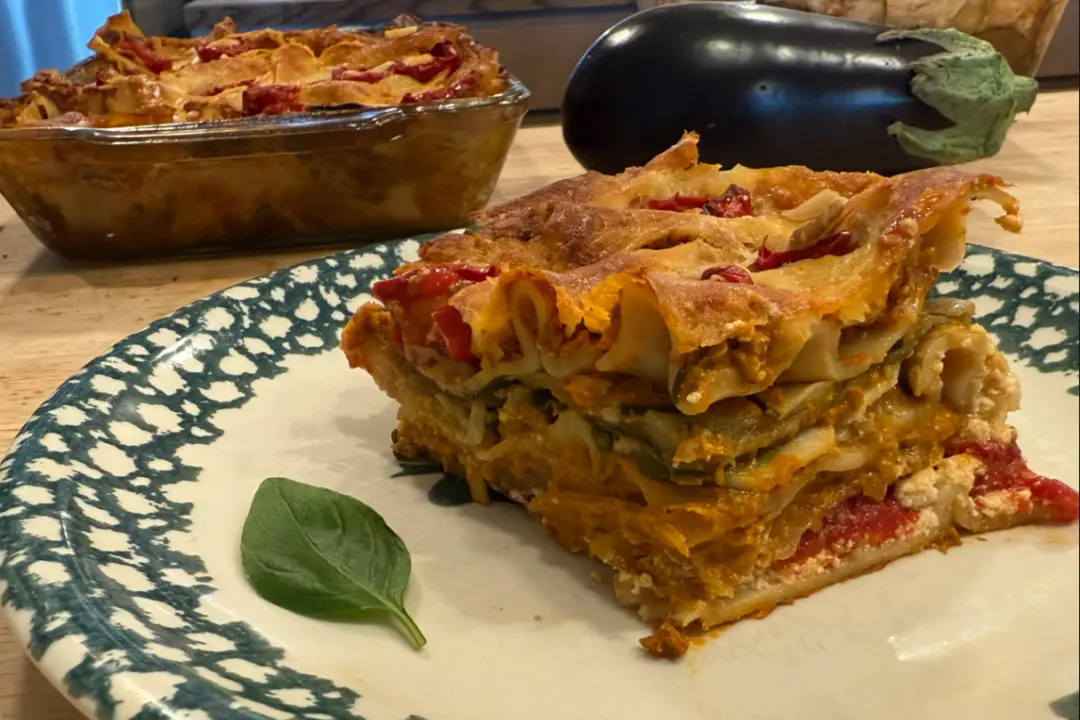If you know any rhubarb recipes that call for less than a cup of sugar, you are a statistical anomaly. It’s understandable, given the culinary perfection made possible by the combination of rhubarb and strawberries—with or without pie crust. The tart, juicy stalk of the rhubarb plant creates such an indisputably glorious flavor in concert with berries, fruit, and sugar, what could possibly be gained by doing anything else?
A lot, it turns out, as there are savory ways to use rhubarb, too. Its acidity can replace lemon or vinegar in soup, act like a tomato in a salad, or be something exotic in a curry. Just remember to stick to the stalks and avoid the leaves, which have toxic levels of oxalic acid and are considered inedible.





